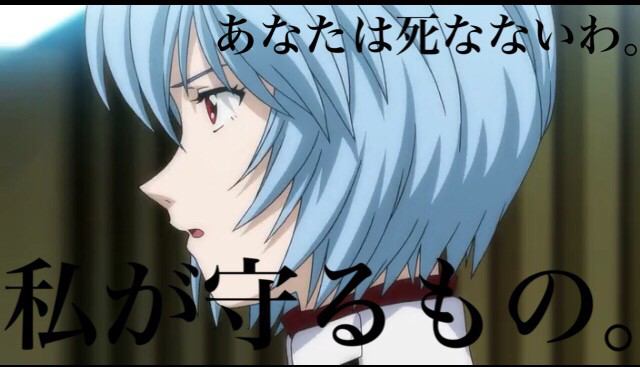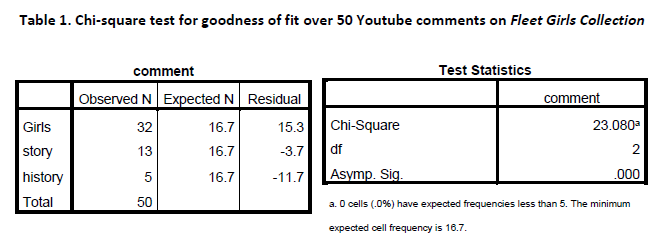
Beautiful Fighting Girls

As a matter of fact, girl characters engaged in battles are never scarce in Japanese ACG works. Ayanami Rei in Neon Genesis Evangelion published in 1995 has already attracted a lot of fans through her powerful battle skills and miserable past. Psychologist Tamaki Saito indicates that beautiful fighting girls "appear in the majority of Japanese works of animation and become a virtual convention of the medium". Some analysts argue it's the feminist empowerment in the modern society because traditionally female characters are always protected by heroes. In my opinion, this argument is partially correct because in the male-dominated battlefield of the virtual world we indeed seldom see heroines like Lara Croft in Tomb Raider. However, as Bourdieu indicates, when reviewing a cultural phenomenon we should be aware of the specific cultural field where it happens. As we can see, Otaku subculture creates a special genre called "moe" or "kawaii" to describe girls: female characters usually have large eyes, maid clothes, colorful hair and cute voice. As a result, different from Western feminist games or films showing the talent and power of women, even though able to fight with formidable monsters to save the world, Japanese beautiful fighting girls look far more infantile and ready to throw themselves into the embrace of male. In Fleet Girls Collection, players can not only command Fleet Girls to fight in naval battles; they can also have some interactions with these girls such as picking up one of them to be the secretary of admiral or even marry her. Initially players will be assigned one wedding ring to marry one of the Fleet Girls, but they can pay 700 Japanese yen (6.14 US dollars) for other rings to marry multiple Fleet Girls. From the hottest Fleet Girls Collection video clips on Youtube, I randomly selected 5 of them and reviewed the top 10 user comments of each. All the comments are coded to three categories: talking about the Fleet Girls themselves, talking about the story or plot and talking about the historical background. With Chi-square method, the following form shows the summary of this analysis:

As we can see, the Chi-square test above can further support our prediction over the success of Fleet Girls Collection: its popularity is to a great extent based on the impersonation of warships by lovely girls and it seems users' attention is indeed concentrated on them. Comments like "Kongou (one of the Battleship Girls) is hot", "Kongou 2000% Waifu (an equivalent of "wife" used in animation)" and "Fell in love with her immediately" clearly show that players may not care so much about the Fleet Girls ability to fight but their sexuality. As a consequence, the success of Fleet Girls Collection may not be a feminist empowerment but a further commodification of women in Japanese media. Perhaps it's more appropriate to call this game "Cute Girls Collection". The commodification of female sexuality can be deemed as a result of post-modern animalization in Otaku subculture: surrounded by instant enjoyment and pleasure, Otaku people are addicted to the virtual world and unable to think about complicated socioeconomic problems in the real world any more.